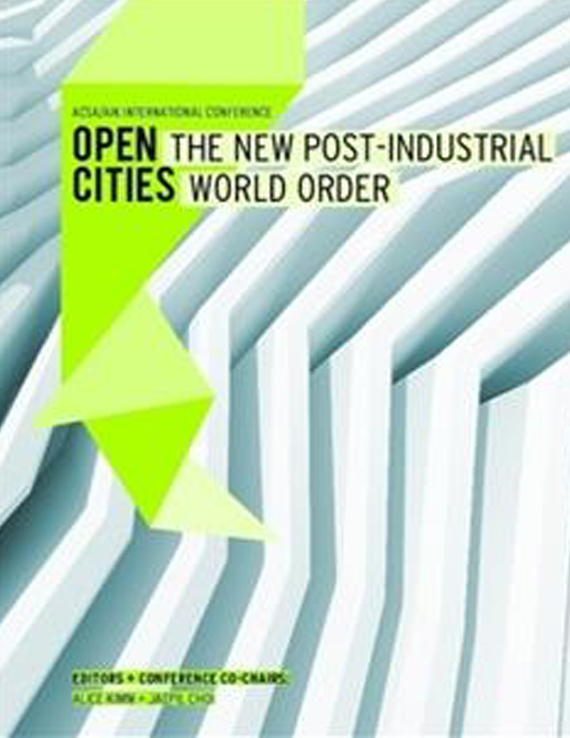Author(s): Nadia Mounajjed & Paolo Caratelli
For the last two decades, Dubai witnessed a dramatic urban transformation. Despitethe financial crisis’ slowdown, between 2009 and 2012, this boom produceda unique and complex urban landscape that is often characterized by sophisticatedinfrastructures, skyscrapers, gated communities, man made islands, iconic buildingsand long extended waterfronts. By winning the bid for Expo 2020, Dubai positionsitself as a major metropolitan hub for the twenty-first century. Planners, landspeculators, and environmentalists contemplate cautiously as the city preparesitself for the new Boom. Dubai puts on its dress to act once again as a laboratoryfor the future – a city of urban experimentation and utopia.The proposed paper explores Dubai’s urban utopia and landscape infrastructurethrough the lens of its Metro System. The introduction of Dubai Metro markedthe beginning of a new association between urbanity, mobility and modernity.Unlike Paris, Milan or Detroit, Dubai is a city without an industrial past and currentlythe only one in the Gulf to have a metro. Dubai’s ambition to act as a modelfor new emerging global cities in the post-industrial age is characterized with thebirth of new forms of networks, communication, and transportation system to secureits position as a ‘Hub’. Understanding this urban transformation also requirescomprehending the West’s urban crisis and how profoundly and conflicting it hasinfluenced on Dubai planning ideas, as well as other influences from western architecturalmovements and theories.Dubai Metro may be seen as a catalyst for urban change. The scheme weavesthrough the urban fabric and mediates within an often-fractured one (i.e. ruralversus urban; old versus new; dense urbanity versus expanded fields). This welfaresystem is originally intended to connect and reinforce mobility, sustainability andequity (Ramos, 2013). The elevated railway path barely touches the ground and ismostly aligned to Sheikh Zayed Road and the super advertising billboards – runningadjacent to major landmarks. It provides a signifier of modernity in public imagination,by drawing on the traditional association between train, speed and the city.Also the design of existing metro-stations exhibit parametric generative formalstrategies, as they appear identical repetitive curvilinear blobs distributed withinthe space of the city. On the other hand, Dubai Metro acts as a modern tool to explorethe built environment, providing a visual experience and an unprecedentedperception of moving in space and time at the edge between the imaginary andthe real. This unique experience we argue is very important to the vision of Dubaias it presents the city to the metro riders in the form of ‘a cinematic journey’ drawingon the analogy between filmic imaginary and architectural experience.The study draws on contemporary cultural theory focusing on Dubai’s amplifiedenvironment and the metro (Stephen Ramos 2013, Tabetha Decker 2009). Theresearch draws upon existing literature on the relationship between mass-transportationand the city, and their association with urban utopias (Paul Virilio, GillesDeleuze) whose contributions are essential when exploring the relationships betweenurban space, mobility, and architecture.
Volume Editors
Alice Kimm & Jaepil Choi
ISBN
978-0-935502-91-6

 Study Architecture
Study Architecture  ProPEL
ProPEL 
